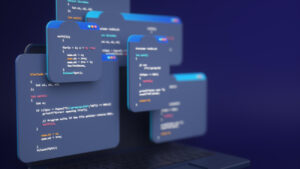When engineers are working with data, they need to ensure customer data privacy is maintained. They also need to ensure data security. Their work is made easy thanks to privacy enhancing technologies. These technologies help in increasing the security and the privacy of critical data (e.g.: customer name, phone number, SSN, email, etc.)
Every individual has the right to privacy of their data. Data breaches that have occurred recently have made it all the more important to use technologies to enhance privacy. Failure do so can be expensive. It is estimated the average cost of a data breach can be as high as $4 million. We look at some of the top privacy enhancing technologies that can be used.
Privacy Enhancing Technologies to use
1. MPC (Secure Multiparty Commute)
Secure Multiparty Commute distributes computation to multiple parties and ensures no party can data belonging to the other. The only problem is that computational overhead and communication cost can both increase.
2. De-identification
There are two types in this. One is tokenization and the other anonymization.
a) Tokenization: Here, sensitive date is replaced by tokens. These tokens cannot be converted back to the original value and is hence a safe way of hiding personal data.
b) Anonymization: Here, the identity of a person is replaced by anonymous data. Scrambling or obfuscation of letters is done to hide the original data. By itself, it is not a very strong technology.
3. Federated Learning
This is a form of machine learning that is decentralized. Training happens at local levels and only the reports are sent to the central server. This ensures user data remains at the local devices and its privacy is ensured.
4. Polymorphic encryption
Considered as the ‘gold standard’ of encryption, computations can be done using encrypted data without having to decrypt it. This technique is designed specifically to deal with operations that engineers typically carry out.
5. Zero knowledge proof
This technique is being used by some banks to verify if a customers has a particular salary without asking the customer to reveal the figure. There are interactions needed between the verifier and the prover, making it a bit complex.
6. Differential privacy
Here, a layer of privacy is added to data by inserting noise. As a result, the data can’t be filtered to find out individual details. It is important to use this technique carefully to balance privacy and ensure accuracy.
This article is published by the editorial board of techdomain news. For more information, please visit, www.techdomainnews.com





